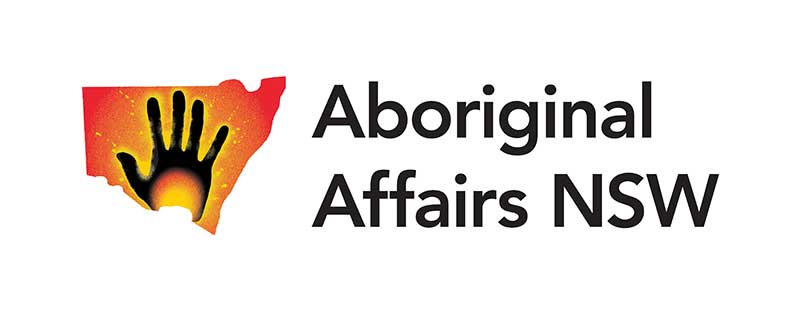
The Resilient Clarence project is an online collection of fire stories and knowledge gathered from ten priority-affected communities in the Clarence Valley, NSW from the 2019 Australian bushfires. (Scroll down to see their stories) ↓
Clarence Valley Community
The Clarence Valley is a heart shaped food bowl and local government area spread over three Indigenous nations in Northern NSW, Australia. Encompassing myriad communities in approximately 66 locales, ranging from small river and bush villages to vibrant coastal holiday hamlets, a bustling regional city, lush pastoral lands and national parks. It is a haven of the most temperate, biodiverse beauty the continent of Australia has to offer.
In the summer of 2019/2020 vast swathes of the Clarence Valley were razed to the ground by the most devastating bush fires on record. 168 homes were destroyed, and many more homes and properties were damaged. Through community-lead resilience, reconnecting with nature, and cultural knowledge-sharing, communities are getting back on their feet and fortifying themselves for future disaster events. →
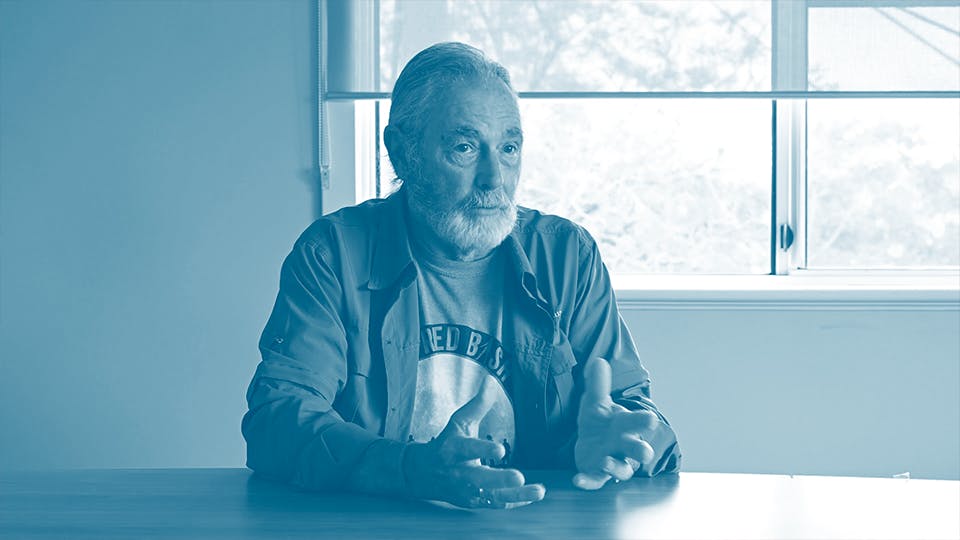
Dundurrabin
The Dorrigo plateau community of Dundurrabin on Gumbaynggirr country was overrun by the Bees Nest Fire which burned over 100,000 hectares, and was the earliest mega fire of the devastating 2019 bush fire season.
The pace of the approaching fire, which travelled 20km in one hour, took locals by surprise. It was 3 days and 3 nights of unrelenting fire explosions and a total of 3 and a half months of hyper-vigilance, as the fire blazed around and through the community. Communications were lost, systems broke down, but at a local level and with local knowledge, the community mobilised to defend itself with support funnelling in from across the state.
Located approximately 428km north of Sydney and with a population of approximately 97 people, it is a vibrant bush community of well-travelled creatives that have gravitated to the area for its rugged and enchanting environs.
It is home to prized and revered old growth forest, abundant and sometimes endangered fauna, and kind and resilient people evermore galvanised by their fire ordeal. →
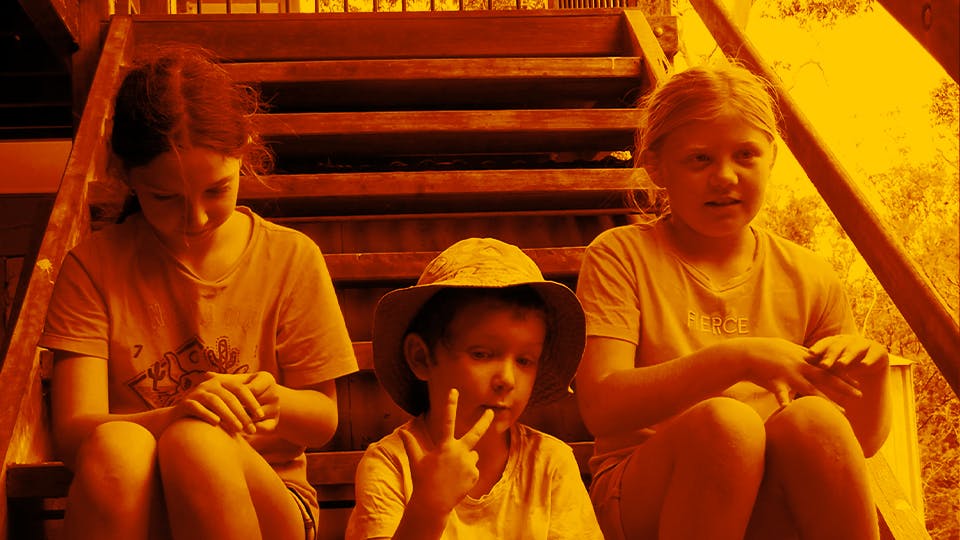
Wooloweyah + Angourie
Over 10,000 hectares burned in the Shark Creek 2 fire that threatened Angourie and Wooloweyah in the 2019 bushfires.
No strangers to bushfire, the two small villages of Angourie and Wooloweyah nestled within the Yuraygir National Park have enacted their fire plans several times over the years. The villages are approximately 7km south of Yamba and 2km apart, with Angourie bordered by the Pacific Ocean and Wooloweyah bordered by Lake Wooloweyah that joins to the Clarence River.
For Angourie locals, it was the first time they had found themselves directly in the line of fire and having to defend their homes. More vulnerably positioned further south and set within taller trees, Wooloweyah has evaded catastrophe on several previous occasions. Gratefully for locals, 2019 was another such occasion, as being early in the fire season, the villages were defended by the full force of the NSW Rural Fire Service. →
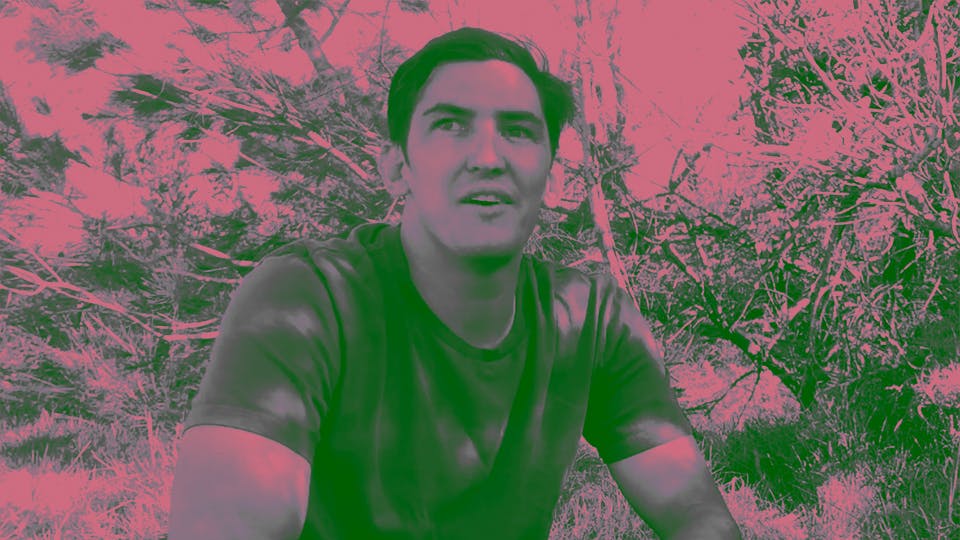
Nymboida
Nymboida is a rural village on Gumbaynggir Country, 44km south-west of Grafton and approximately 687km north of Sydney. In the 2021 census the population was 268.
The jewel in the crown of Nymboida for those that call this bush haven home is the mighty Nymboida River, which forms part of the longest white water trail in Australia, and the bubbling Goolang Creek. It is also home to thriving flora and fauna such as the platypus and many spectacular and iconic species of birds.
Nymboida was among the most devastated of the Clarence Valley communities in the 2019 bushfires. At the time of the fire, the population was 298 and they lost 85 homes. After the fire, a third of the population moved away. →
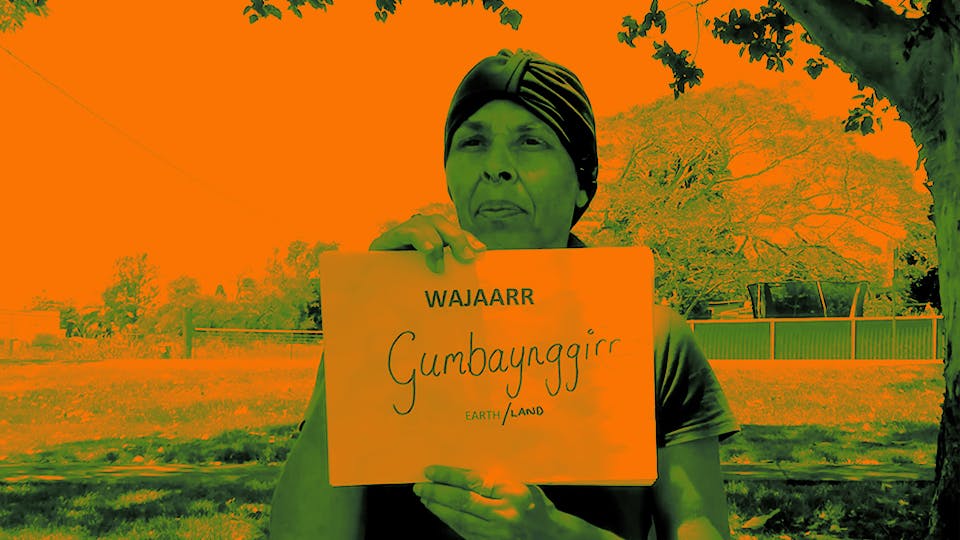
Woombah + Iluka
The Myall Creek Road fire bore down on the community of Woombah and cut access to the community of Iluka on 27 November 2019.
Set within the Bundjalung National Park at the mouth of the Clarence River, the communities of Woombah and Iluka are bordered by and built inside towering wet sclerophyll forest. It is home to many young families, abundant flora and fauna species and historically strong numbers of Clarence Valley Koalas.
The Woombah Fire Brigade had been assisting in other Clarence Valley locales such as Nymboida before having to return home to enact their own fire plans. In a huge coordinated effort between the NSW RFS and community, no homes were lost in the blaze, but the terrifying experience and the devastating impact on the local environment rocked local residents and mobilised community to lead their own recovery.
Today, the community is stronger for the experience and are working together to better prepare for future events. →
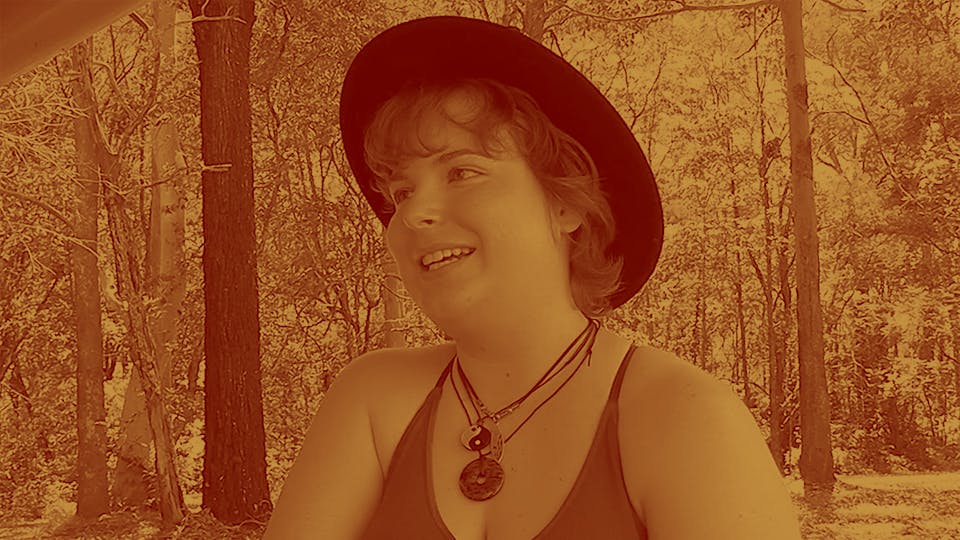
Ewingar
The Long Gully Road Fire burned through 74,000 hectares, including the Clarence Valley community of Ewingar on the 5 September. Tragically there were 2 deaths, 40 homes destroyed, 22 damaged, and 300 saved.
The community of Ewingar, nestled on the range behind the Clarence River, is ruggedly beautiful, sparsely populated and promises the quiet bush life, miles from shops and town spoils. For the locals that call Ewingar home, self-sufficiency, planning ahead and being prepared is de rigeur.
Despite this, and having experienced bushfires before, when the Long Gully Road fire arrived, locals virtually met it where they stood. Of the handful of those that were the most prepared physically, no one was prepared for the mental and emotional experience of the area being 100% burned by fire.
In the days, months and now years that have followed, the community has taken charge of their recovery and together with various government agencies and grant funding support, have empowered themselves through a variety of ways for future events. →

Glenreagh
Situated 35 mins north-west of Coffs Harbour on Gumbaynggirr Country in the Clarence Valley, the charming town of Glenreagh is nestled alongside the Orara River framed by towering sandstone ranges and subtropical forest. It is deeply connected with its timber heritage and mountain railway line and in the 2016 census had a population of 900 people.
During the 2019 bushfires the people of Glenreagh were faced with the decision to prepare their property and to stay and defend, or evacuate. For some, the approaching blaze offered little time even for that decision. Determined to distill lessons from the experience and with an eye to the future, community members have rallied and joined to lead recovery efforts in Glenreagh. →
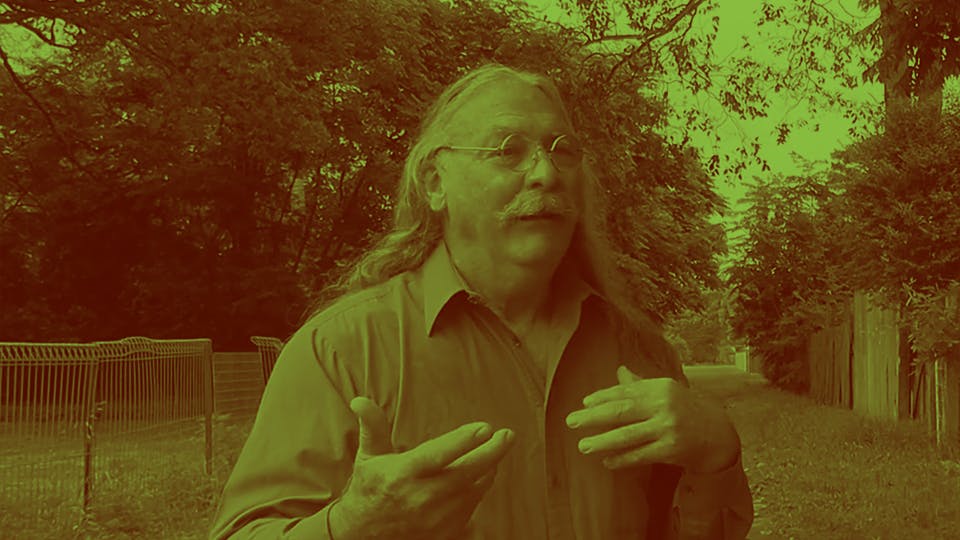
Baryulgil + Malabugilmah
The communities of Baryulgil and Malabugilmah located on Bundjalung country in the upper reaches of the Clarence River, are bush-hardy communities of families that are accustomed to fire. But for the few individuals that stayed to defend homes along with the NSW RFS in the Long Gully Road fire, it is an experience they will never forget.
With a population of elderly and children, it was important the most vulnerable were out of harms’ way as the fire approached. Most of both communities evacuated to Grafton ahead of time and for a prolonged and agonising wait, were unsure of whether they had homes to return to.
Local heroes stepped up and fought the fire with emergency services as the blaze completely covered the villages. Miraculously no homes were lost. Several community members have now joined the RFS and hope to weave their cultural fire knowledge into their RFS training to prepare for future events. →

Ashby
The Myall Creek Road fire burned through 121,324 hectares of bushland and arrived at the Clarence Valley community of Ashby on 26 November 2019.
Nestled overlooking Maclean on the Clarence River the small community of Ashby is a motley haven of characters joined by a love of nature and the quiet life. It made the fire particularly devastating for the community which is also home to stricken numbers of Clarence Valley Koalas, further fraught by the 2019 bushfire season.
Caravans, sheds, and water tanks were destroyed in the blaze, though in a breathtaking effort of NSW RFS and community hands working together, no homes were lost.
Since the fire the community has worked together to lead their own recovery. Through nature-based workshops and a long initiative with Yaegl Bush Regenerators and Resilient Clarence project partners Envite, they have created a nature discovery trail through the Ashby Reserve for current and future generations to enjoy. →












